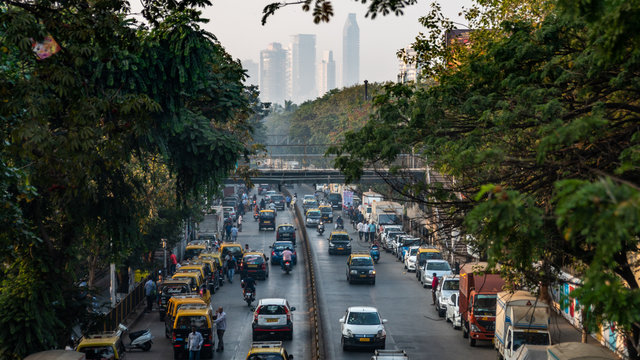Contact Us
RoadVision AI
Private Limited
Office No. 308 & 310, B Block
Ansal Chamber - 1, Bhikaji Cama Place,
Near Engineers India Limited (EIL) Bhawan, New Delhi - 110066
© 2024 | RoadVision AI | All rights reserved
The Indian Roads Congress (IRC) plays a pivotal role in establishing design and construction standards for road infrastructure in India. One of its significant publications, the IRC:SP:117-2018, titled "Manual on Universal Accessibility for Urban Roads and Streets," offers comprehensive guidelines to create accessible, inclusive, and obstacle-free urban road systems. These standards aim to ensure that public spaces can be utilized by all individuals, including persons with disabilities, senior citizens, and families with young children.
This blog explores the essential elements of IRC:SP:117-2018, providing insights into best practices, design considerations, and the importance of universal accessibility.

Universal accessibility refers to the design of urban environments and transport systems to be usable by all individuals without needing adaptations or specialized solutions. The IRC emphasizes that accessible urban roads and streets promote safety, social inclusion, and sustainability.
Design Elements for Accessible StreetsThe manual emphasizes essential design principles, including:
The manual stresses the need for accessible public transport infrastructure, including:
Ensuring regular maintenance of accessible elements is crucial. The code highlights the importance of post-implementation audits and monitoring to maintain the accessibility features.Best Practices HighlightedThe manual provides examples of best practices from both Indian and international cities, such as:
The IRC:SP:117-2018 acknowledges several challenges, including:
The IRC:SP:117-2018 "Manual on Universal Accessibility for Urban Roads and Streets" provides invaluable guidance for creating inclusive and accessible urban environments. By adhering to these guidelines, urban planners, engineers, and policymakers can ensure a safer, more inclusive, and sustainable urban transport network.
RoadVision AI is revolutionizing road infrastructure development and maintenance with its innovative solutions powered by computer vision AI. By leveraging advanced technologies, the platform conducts comprehensive road condition monitoring and traffic surveys, enabling early detection of surface issues like potholes and cracks for timely repairs and enhanced roads. Through traffic congestion analysis, RoadVision AI provides data-driven insights to address traffic congestion challenges and optimize road usage. With a focus on building smarter and more efficient road infrastructure, RoadVision AI ensures full compliance with IRC Codes, helping engineers and stakeholders reduce costs, minimize risks, and improve road safety and transportation efficiency.